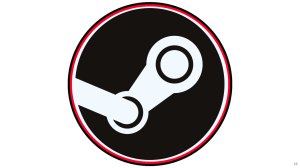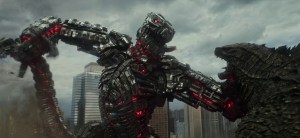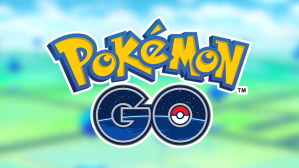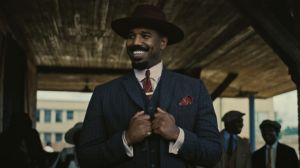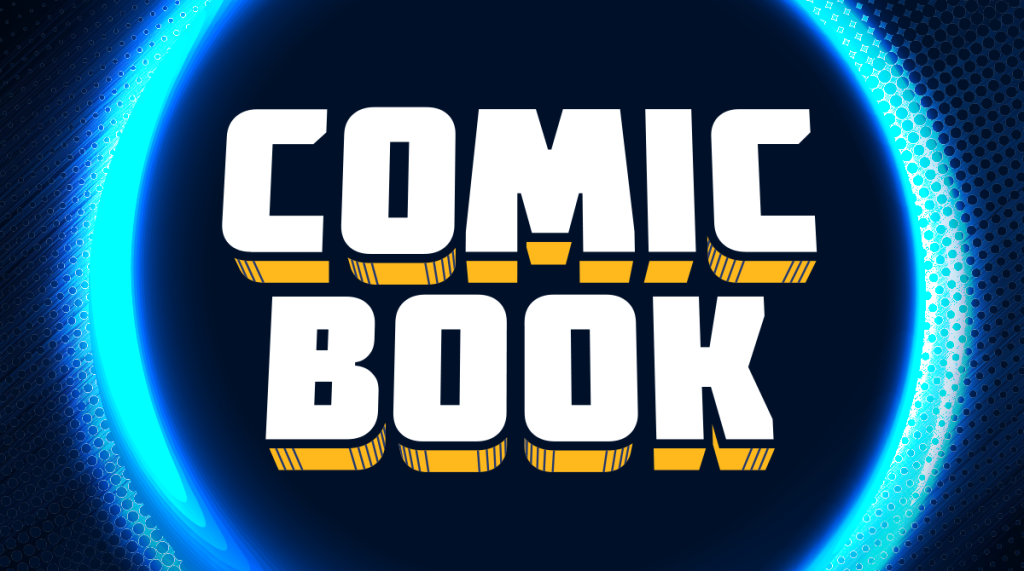
Comics are the hottest brand in Hollywood right now.More and more of our favorite comic characters are appearing in movies and television than ever before, introducing millions to the superheroes and villains we’ve known for decades.Of course, not every character that appears in a comic TV show came from the comics.Characters like Darryl from The Walking Dead, Diggle from Arrow, and Harrison Wells from The Flash were all created to add an extra layer to their respective TV shows, but have become popular characters despite their lack of comic book roots. If a TV character is popular enough, comics publishers might even steal them for their comic universes, thus ensuring those characters will be part of dozens of new stories even after their Hollywood counterparts take their final bow.
Videos by ComicBook.com
Here’s five of our favorite comic characters that got their start somewhere other than the comics:
Jimmy Olsen

Jimmy Olsen might be Superman’s best friend, but his first “appearance” was in the popular 1940s Adventures of Superman radio program. Since radio shows rely on heavy amounts of exposition and conversation to convey a storyline, radio producers realized they needed to add some supporting cast members to whom Superman (and others) could easily explain the action. So, they created a cast of new Daily Planet employees, including Olsen and Perry White, the boss of the Daily Planet. DC incorporated Olsen into its Superman comics, along with several other popular elements including kryptonite, which gave Superman his first real weakness.
While Jimmy Olsen remained in the background of Superman comics for several years, he didn’t emerge as a popular character until the 1950s Adventures of Superman TV show. DC adopted actor Jack Larson’s version of Olsen to the comics, giving Olsen his popular bowtie and “golly gee” mannerisms.
Harley Quinn

The star of the upcoming Suicide Squad movie, Harley Quinn first appeared in the popular Batman: The Animated Series cartoon. Creators Paul Dini and Bruce Timm intended Quinn as a one-off sidekick for the Joker, but the character proved to be so popular with the fans that she turned into a popular recurring villain. Dini based parts of Quinn’s personality on voice actress Arleen Sorkin, who voiced the character in most of her animated (and video game) appearances. Sorkin even inspired Quinn’s original costume design; Dini based the costume off a jester outfit Sorkin wore in an appearance on a soap opera.
Two years after Quinn appeared on TV, Dini and Timm wrote her official “comic book” origin in the graphic novel Mad Love. Quinn’s first official appearance in the DC Universe came in 1997, when she appeared in a tie-in to the massive Batman event No Man’s Land. Quinn remains one of DC’s most popular characters and she currently stars in one of DC’s top-selling ongoing solo series.
Agent Coulson

When Marvel Studios moved forward with their ambitious plans for a unified “Marvel Cinematic Universe”, they needed a character who could easily link the Marvel films together without distracting audiences from the central plots of the film. So, they tapped Clark Gregg to play Agent Phil Coulson, an unassuming but highly competent SHIELD agent tasked to quietly assist Iron Man and the other superheroes of the Marvel Universe. Coulson represented SHIELD’s ever watchful presence and acted as the glue that cemented the Marvel Cinematic Universe in its pre-Avengers day. Although Coulson died in The Avengers, Marvel liked the character and actor Clark Gregg so much that they brought him back as the star of Agents of SHIELD, Marvel’s first foray into live-action television.
Marvel brought Coulson into the comics along with Nick Fury Jr., Nick Fury’s African-American son. Many fans saw Coulson and Fury’s Jr.’s introduction as a way for Marvel’s comics to mimic the Marvel Cinematic Universe, especially when Fury’s (white) father disappeared at the end of the Marvel event Original Sin. Coulson currently stars in SHIELD, a comic that features several other Agents of SHIELD characters including Fitz, Simmons and Melinda May.
X-23

Laura Kinney, the teen superhero now known as Wolverine, first appeared in a one-off X-Men: Evolution episode written by comics writer Craig Kyle. X-23 was a female clone of Wolverine, created by HYDRA to act as a new killing machine. X-23 escaped from HYDRA and tracked her genetic “father” to the Xavier School, where she fought the entire student body to a standstill. Although she and Wolverine reached a tenuous truce, X-23 disappeared after she and Wolverine destroyed a flying HYDRA base later that episode.
While she only starred in one X-Men: Evolution episode (she also made a cameo in the final episode of that series), she later became a major part of Marvel’s X-Men family of books. Joe Quesada (the then editor in chief of Marvel) introduced X-23 as a mutant teen prostitute in NYX before Craig Kyle explained her comics origins in the miniseries X-23: Innocence Lost. She later met up with the X-Men and recently adopted the costume and mantle of her fallen genetic twin in the new series All-New Wolverine.
Firestar

What happens when a Spider-Man cartoon can’t use the Human Torch due to a rights issue? They just create a female superhero with fire-based powers instead! The 1981 NBC series Spider-Man and His Amazing Friends introduced Firestar as a stand-in for Spider-Man’s longtime buddy Johnny Storm. She and the X-Men Iceman were classmates of Peter Parker at Empire State University and the three often teamed up to fight various supervillains in New York City. Firestar, Iceman and Spider-Man also had a bit of a love triangle, as Firestar occasionally dated Spider-Man while Iceman harbored his own feelings for the fiery superheroine.
Firestar came over to the comics as a quasi-supervillain in 1985, appearing in New Mutants as a member of Emma Frost’s team of Hellions. After most of her Hellion teammates died in battle against Trevor Fitzroy, Firestar joined the New Warriors, the Avengers and most recently the X-Men in supporting roles. While the comics version of Firestorm never had a romantic relationship with Spider-Man, she did have a longtime romance with fellow New Warrior Justice and a brief flirtation with Spider-Man’s clone, Ben Reilly.



